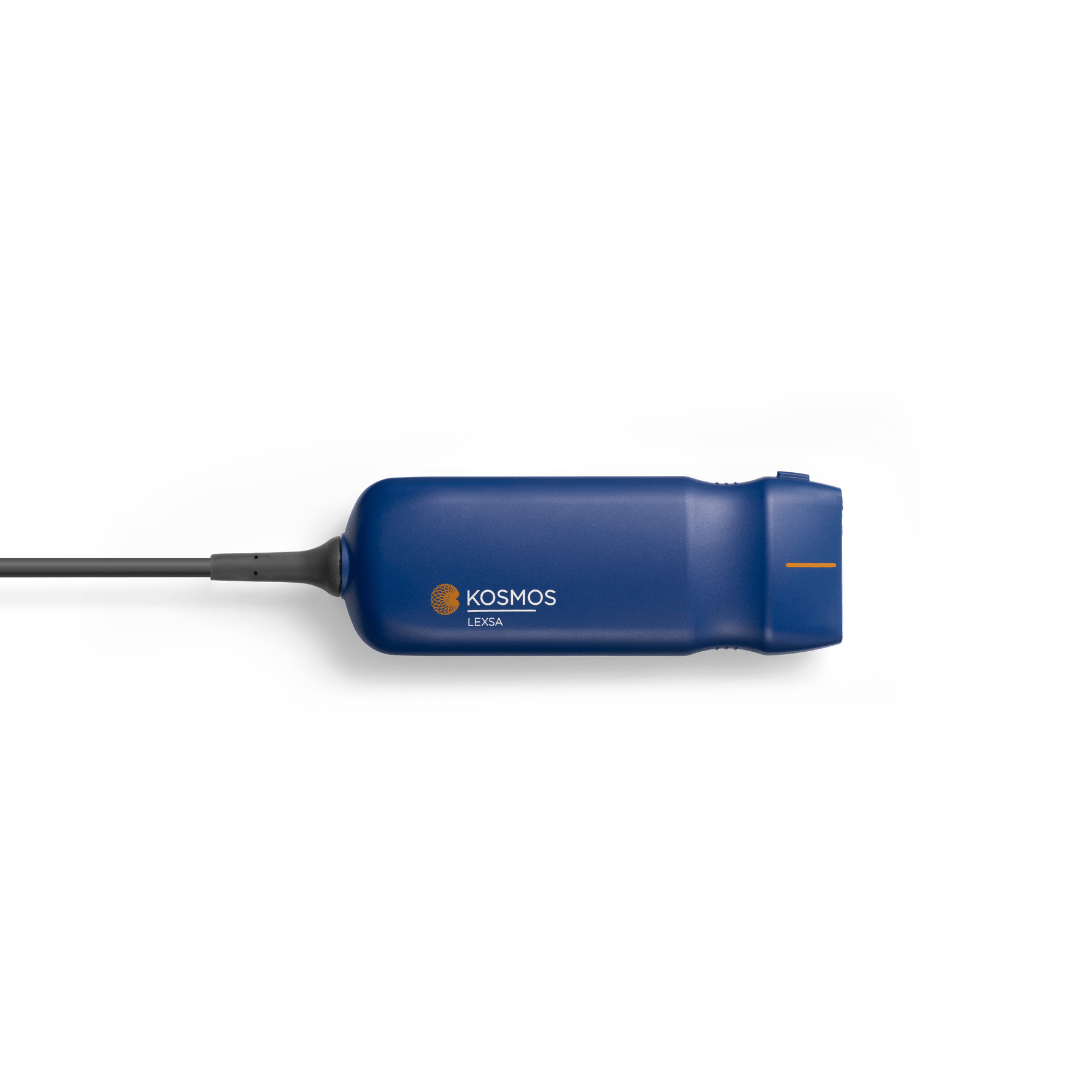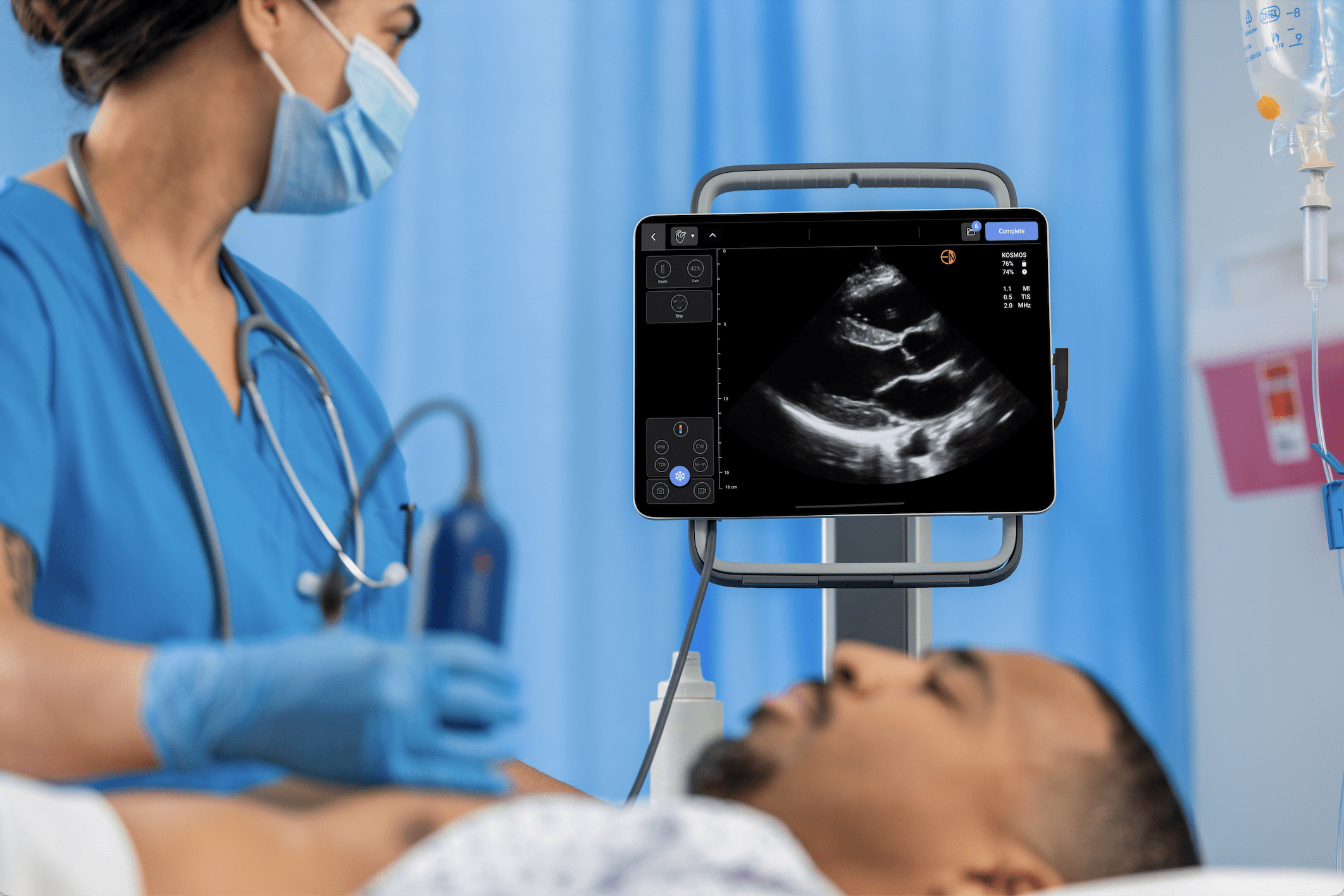Ultrasound-Guided IV Access: A Review of Clinical Guidelines and Supporting Evidence
Table of Contents
Ultrasound-guided intravenous (USGIV) access is no longer an emerging technique but a clinically validated, guideline-supported standard of care for patients with difficult venous access (DVA). Its adoption, driven by robust clinical evidence, has been endorsed by key professional organizations in emergency medicine, critical care, nursing, and anesthesiology. For patients with DVA due to factors such as obesity, edema, a history of intravenous drug use, or chronic illness, USGIV access represents a paradigm shift that improves success rates and minimizes complications.
This article reviews the professional guidelines that form the foundation for USGIV programs, expands on international and governmental endorsements, and examines both historical and contemporary clinical evidence demonstrating its efficacy, safety, and positive impact on patient outcomes.
The Role of Professional Guidelines
Standardized professional guidelines are critical for integrating new technologies into clinical practice safely and effectively. For USGIV access, these guidelines provide an evidence-based framework that healthcare institutions can use to develop robust protocols, training programs, and credentialing pathways. They define the clinical indications for use—particularly in patients with DVA—and set rigorous standards for competency-based training and ongoing quality assurance to ensure clinicians are proficient and outcomes are monitored consistently.
Guidelines also provide technical recommendations, such as using high-frequency linear array transducers for superficial vessels, optimizing image quality settings, employing dynamic needle tip visualization, and ensuring sterile technique. This includes the use of sterile probe covers, sterile gel, and strict adherence to aseptic protocols to reduce infection risk.
International and Governmental Endorsements
Multiple national, international, and governmental bodies have issued formal recommendations supporting USGIV access:
- Association for Vascular Access (AVA) positions real-time ultrasound as the standard of care for vascular access, emphasizing structured training, minimum procedural volumes for competency, and institutional policies on infection prevention and device maintenance.¹
- European Society of Anesthesiology (ESA): PERSEUS Task Force: Uses GRADE methodology to issue perioperative guidelines for vascular access, with a focus on preprocedural vessel mapping, real-time needle guidance, catheter tip verification, and early complication detection in adult and pediatric patients.²
- American Society of Echocardiography (ASE): 2025 guidelines emphasize pre-cannulation assessment, dynamic needle guidance, and early complication recognition, highlighting the need for structured training to bridge the evidence-to-practice gap.³
- Agency for Healthcare Research and Quality (AHRQ), American Association of Critical-Care Nurses (AACN), American Society of Anesthesiologists (ASA), and the Australian and New Zealand Intensive Care Society (ANZICS): endorse ultrasound guidance for peripheral, arterial, and central venous access to improve accuracy and reduce procedural risks.¹
Key Professional Society Endorsements
- Infusion Nurses Society (INS): In the 2021 Infusion Therapy Standards of Practice, INS advises early escalation to ultrasound guidance after one or two failed conventional attempts. This improves first-attempt success, extends catheter dwell time, and reduces complications such as infiltration and phlebitis. INS calls for structured pathways to ensure clinicians are trained and competent.⁴
- The American College of Emergency Physicians (ACEP): identifies vascular access as a core point-of-care ultrasound (POCUS) application. ACEP recommends USGIV to reduce the number of attempts, improve patient satisfaction, and limit unnecessary central venous catheter (CVC) placement, thereby reducing risks such as central line–associated bloodstream infections (CLABSIs).⁵
- The American Institute of Ultrasound in Medicine (AIUM): issued a multi-society practice parameter detailing procedural technique, equipment selection, and the importance of dynamic needle tip visualization to ensure successful cannulation and avoid posterior wall puncture.⁶
Supporting Clinical Evidence: Meta-Analyses and Randomized Controlled Trials
Historical Meta-Analyses and Randomized Controlled Trials
- van Loon et al., 2021: USGIV significantly increased first-attempt success (OR 2.45) and overall procedural success (OR 4.10) in DVA patients, while reducing time to cannulation and the number of attempts.⁷
- Egan et al., 2013: Demonstrated higher success rates (RR = 1.63) and fewer insertion-related complications with ultrasound compared to landmark techniques.⁸
- Doniger et al., 2009: In a randomized trial of pediatric ED patients with DVA (defined by two failed landmark attempts), Doniger et al. (2009) found first-attempt success rates of 80% with ultrasound guidance versus 64% with another landmark attempt.
Recent Evidence (2024–2025)
- Tian et al., 2024: In a meta-analysis of 23 studies (17 RCTs and 6 cohort studies), ultrasound-guided PIVC placement by nursing staff was associated with significantly higher odds of first-attempt success compared to landmark techniques (OR = 2.95; 95% CI: 1.86–4.69), along with shorter insertion times and fewer skin puncture attempts10
- Anderssen et al. (2025) conducted a pooled meta-analysis of randomized controlled trials in emergency department patients with difficult intravenous access, finding that ultrasound guidance significantly improved first-attempt success (RR 1.80; 95% CI, 1.18–2.73). In the background, they cite prior reports of first-attempt success rates for the landmark technique ranging from 35% to 57%.11
- Casal-Guisande et al., 2025: In infants under two years of age, ultrasound-guided peripheral vascular cannulation demonstrated markedly higher first-attempt success rates—around 85.7%—compared to approximately 32.5% with the conventional landmark-based technique, and most studies in the review consistently showed success above 85% for ultrasound versus below 60% for the traditional method. 12
- Elshikh et al., 2025: In trauma and ED patients, point-of-care ultrasound doubled the odds of first-pass success (OR = 2.1; 95% CI, 1.65–2.7) and improved efficiency; nurse-led programs achieved >90% success after structured 13
Conclusion
The convergence of authoritative clinical guidelines and robust scientific evidence establishes ultrasound-guided peripheral IV access as an essential clinical skill rather than a fallback method. The absolute improvement in first-attempt success represents a clinically meaningful advantage. Mastery of this technique is fundamental for nurses, physician assistants, nurse practitioners, and physicians. By investing in structured training and standardized protocols, healthcare institutions can improve patient safety, increase efficiency, and enhance outcomes for patients with difficult venous access.
References
- Spencer TR, Bardin-Spencer A. Ultrasound Guidance for Vascular Access Procedures by Qualified Vascular Access Specialists or Other Applicable Healthcare Clinicians. Association for Vascular Access Position Paper. September 2019
- Lamperti M, Biasucci DG, Disma N, et al. European Society of Anaesthesiology guidelines on perioperative use of ultrasound-guided vascular access (PERSEUS vascular access). Eur J Anaesthesiol. 2020;37(5):344-376. doi:10.1097/EJA.0000000000001180
- Vegas A, Wells B, Braum P, et al. Guidelines for Performing Ultrasound-Guided Vascular Cannulation: Recommendations of the American Society of Echocardiography. J Am Soc Echocardiogr. 2025;38(2):57-91. doi:10.1016/j.echo.2024.12.004
- Gorski LA, Hadaway L, Hagle ME, et al. Infusion Therapy Standards of Practice, 8th Edition. J Infus Nurs. 2021;44(1S Suppl 1):S1-S224. doi:10.1097/NAN.0000000000000396
- Ultrasound Guidelines: Emergency, Point-of-Care and Clinical Ultrasound Guidelines in Medicine. Ann Emerg Med. 2017;69(5):e27-e54. doi:10.1016/j.annemergmed.2016.08.457
- AIUM Practice Parameter for the Use of Ultrasound to Guide Vascular Access Procedures. J Ultrasound Med. 2019;38(3):E4-E18. doi:10.1002/jum.14954
- Ultrasound-Guided for Peripheral Venous Access: A Systematic Review and Meta-Analysis. van Loon FHJ, Buise MP, Claassen JJF, Dierick-van Daele ATM, Bouwman ARA. Comparison of ultrasound guidance with palpation and direct visualisation for peripheral vein cannulation in adult patients: a systematic review and meta-analysis. Br J Anaesth. 2018;121(2):358-366. doi:10.1016/j.bja.2018.04.04
- Egan G, Healy D, O’Neill H, Clarke-Moloney M, Grace PA, Walsh SR. Ultrasound guidance for difficult peripheral venous access: systematic review and meta-analysis. Emerg Med J. 2013;30(7):521-526. doi:10.1136/emermed-2012-201652
- Doniger SJ, Ishimine P, Fox JC, Kanegaye JT. Ultrasound-guided peripheral intravenous line placement in children with difficult access. Pediatr Emerg Care. 2009;25(3):154-159.
- Tian Y, Zhong Z, Dougarem D, Sun L. The ultrasound-guided versus standard technique for peripheral intravenous catheter placement by nurses: a systematic review and meta-analysis. Heliyon. 2024;10(9):e30582. doi:10.1016/j.heliyon.2024.e30582.
- Anderssen LM, Petersen MS, Wang AG, Mohr M, Fjallheim AS. The efficacy of ultrasound-guided peripheral intravenous cannulation versus the landmark technique in emergency department patients with difficult intravenous access: a systematic review and meta-analysis. J Vasc Access. 2025;26(4):367-375. doi:10.1177/11297298251347816.
- Casal-Guisande C, López-Domene E, Fernández-Antorrena S, Fernández-García A, Torres-Durán M, Casal-Guisande M, Fernández-Villar A. Peripheral Vascular Access in Infants: Is Ultrasound-Guided Cannulation More Effective than the Conventional Approach? A Systematic Review. Medicina. 2025; 61(8):1321. https://doi.org/10.3390/medicina61081321
- Elshikh ST, Thomas B, Taha M, et al. Evaluating the Accuracy of Point-of-Care Ultrasound for Peripheral Intravenous Cannulation in Emergency and Trauma Patients: A Systematic Review. Cureus. 2025;17(5):e83625. Published 2025 May 7. doi:10.7759/cureus 83625




